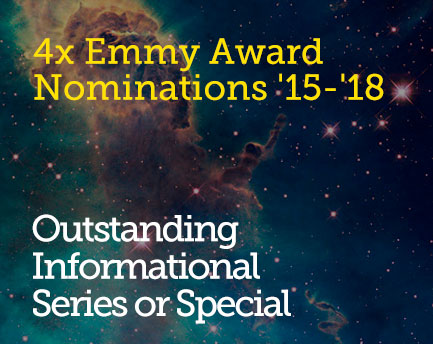About This Episode
How far back in the universe’s timeline can the JWST see? On this episode, Neil deGrasse Tyson and co-hosts Chuck Nice and Gary O’Reilly explore the Coriolis Effect, hurricanes, the gridiron timeline of the universe, the physics of spinning objects, and much more!
What is the Coriolis Effect? Learn about how rotating objects impact things on their surfaces. How do winds turn into storms? We explore high pressure and low pressure systems. Where do the fastest clouds come from? How does the eye of the hurricane form? Discover how the Coriolis Effect might make you win or lose a football game based on your stadium’s orientation.
Next, we dive into the gridiron timeline of the universe. If the timeline of the universe we mapped out on a football field, where would human civilization be? We go through all the landmark points on the gridiron timeline: When our solar system was born, when life started on Earth, when humans arrived, and how far back the James Webb Space Telescope will let us see. Was the universe just right for life?
How does spin help stabilize moving objects? Learn about how a football’s spiral helps achieve accuracy. Why are knuckleballs so hard to hit? Why do spinning tops start to wobble? We break down Earth’s precession– or it’s “wobble”– and how it doesn’t just spin and rotate around the sun. Hear us use really scientific terms like “wobble,” “bob,” and “twerk.” Does Mars bob around more than Earth? All that, plus, Neil gives us an at-home experiment to understand spin in a coherent system.
NOTE: StarTalk+ Patrons can watch or listen to this entire episode commercial-free.
About the prints that flank Neil in this video:
“Black Swan” & “White Swan” limited edition serigraph prints by Coast Salish artist Jane Kwatleematt Marston. For more information about this artist and her work, visit Inuit Gallery of Vancouver.


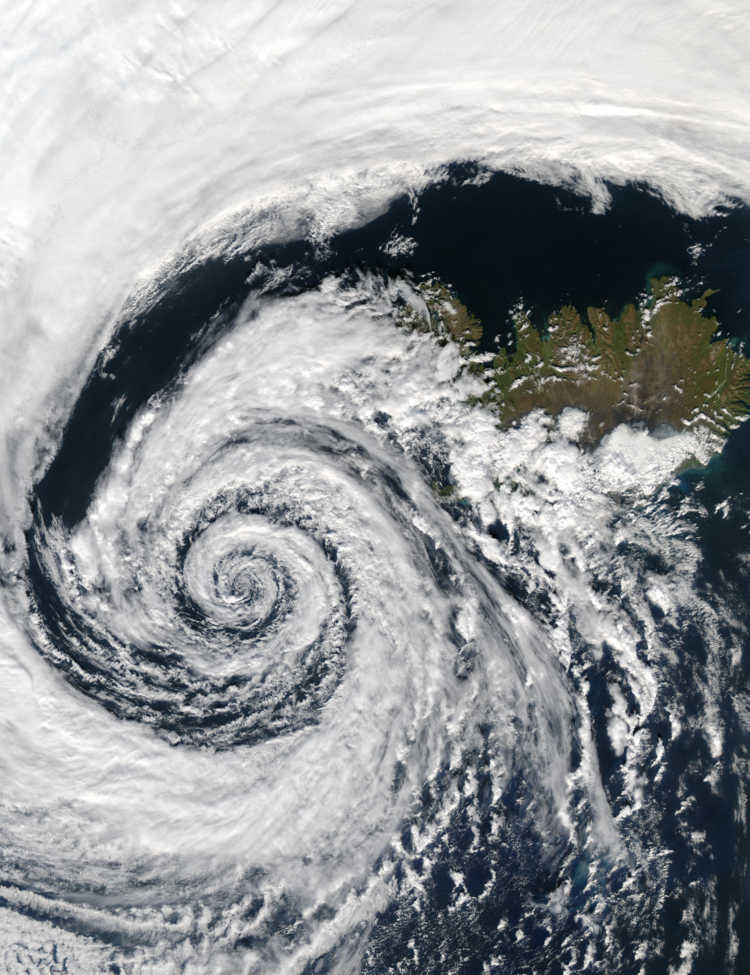
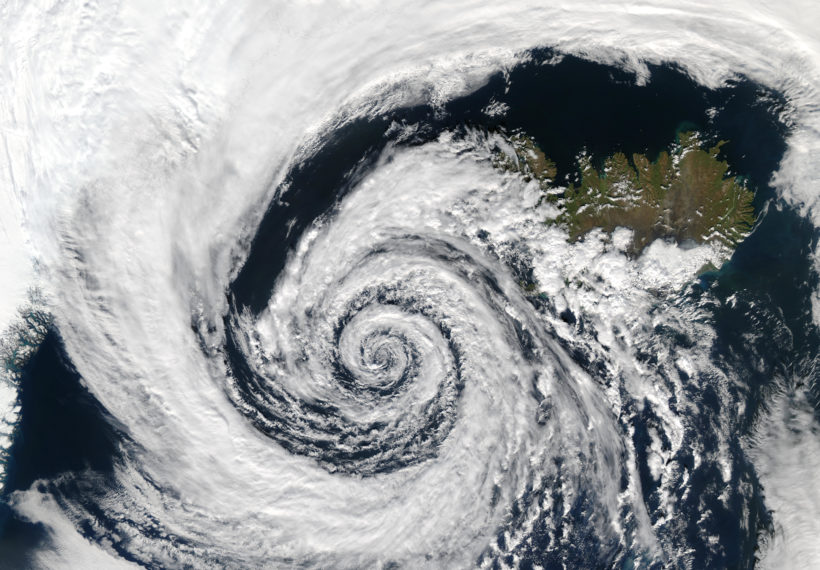
 Unlock with Patreon
Unlock with Patreon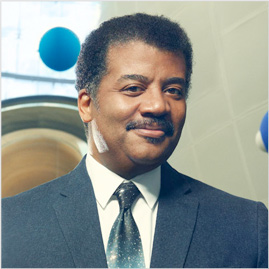
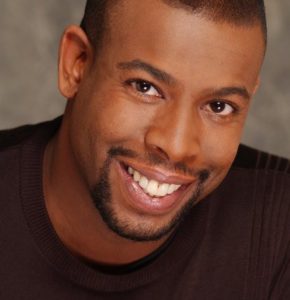
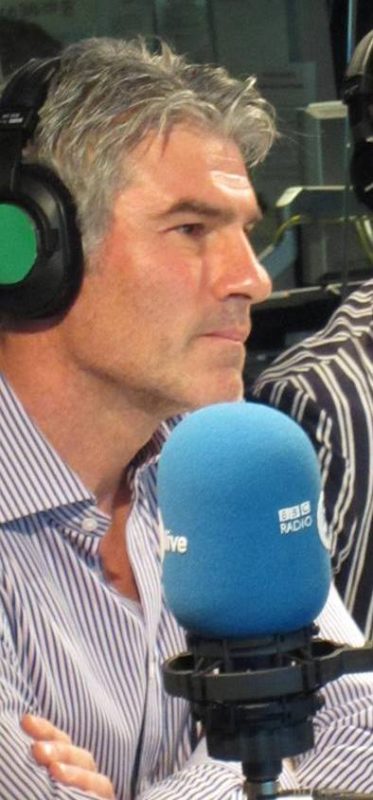
 Become a Patron
Become a Patron

